All about hydrangeas - are they also suitable for natural gardens?
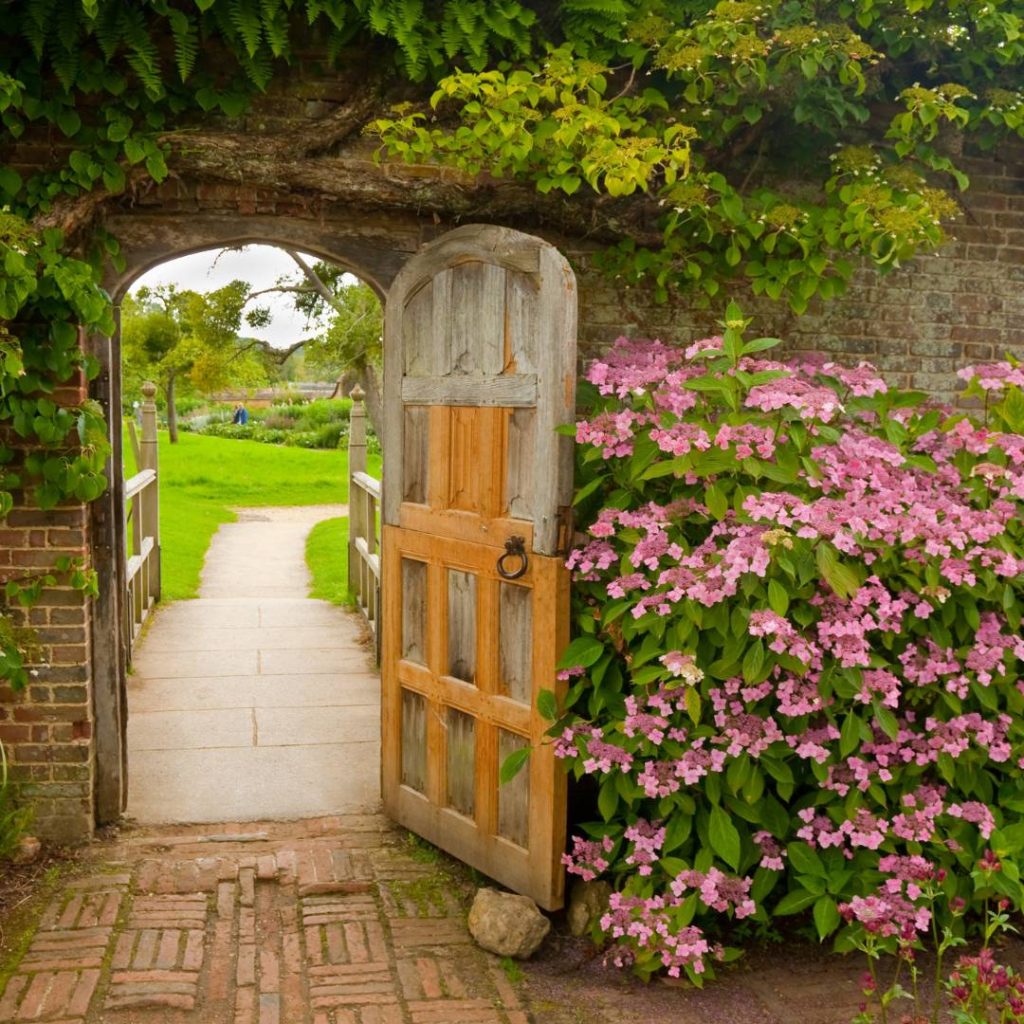
Now that we #Beetschwestern have just beautified a rather shady spot in the garden in front of a yew hedge, we want to write about hydrangeas today. They come in many different types and colors. From farmer's hydrangeas to ball hydrangeas, panicle hydrangeas, oakleaf hydrangeas and plate hydrangeas. In our near-natural gardens, we prefer to use panicle and plate hydrangeas, as they offer nectar for insects, whereas most of the standard and ball hydrangeas offer hardly any food.
The botanical name Hydrangeaceae comes from the Greek and means "water jug" - a reference to the high water requirement of many varieties. There are almost 80 different species in total, most of which originate from East Asia, but also from North America and Chile. Originally, they mostly grow on moist, low-lime soils in deciduous forests. Hydrangeas are very demanding plants and, according to the textbook, require a lot of fertilizer, which they do not receive in our garden and yet they thrive .... . However, we provide them with a layer of leaves every autumn, which turns into fertilizer.
Various TYPES
Farmer's hydrangea (Hydrangea macrophylla)
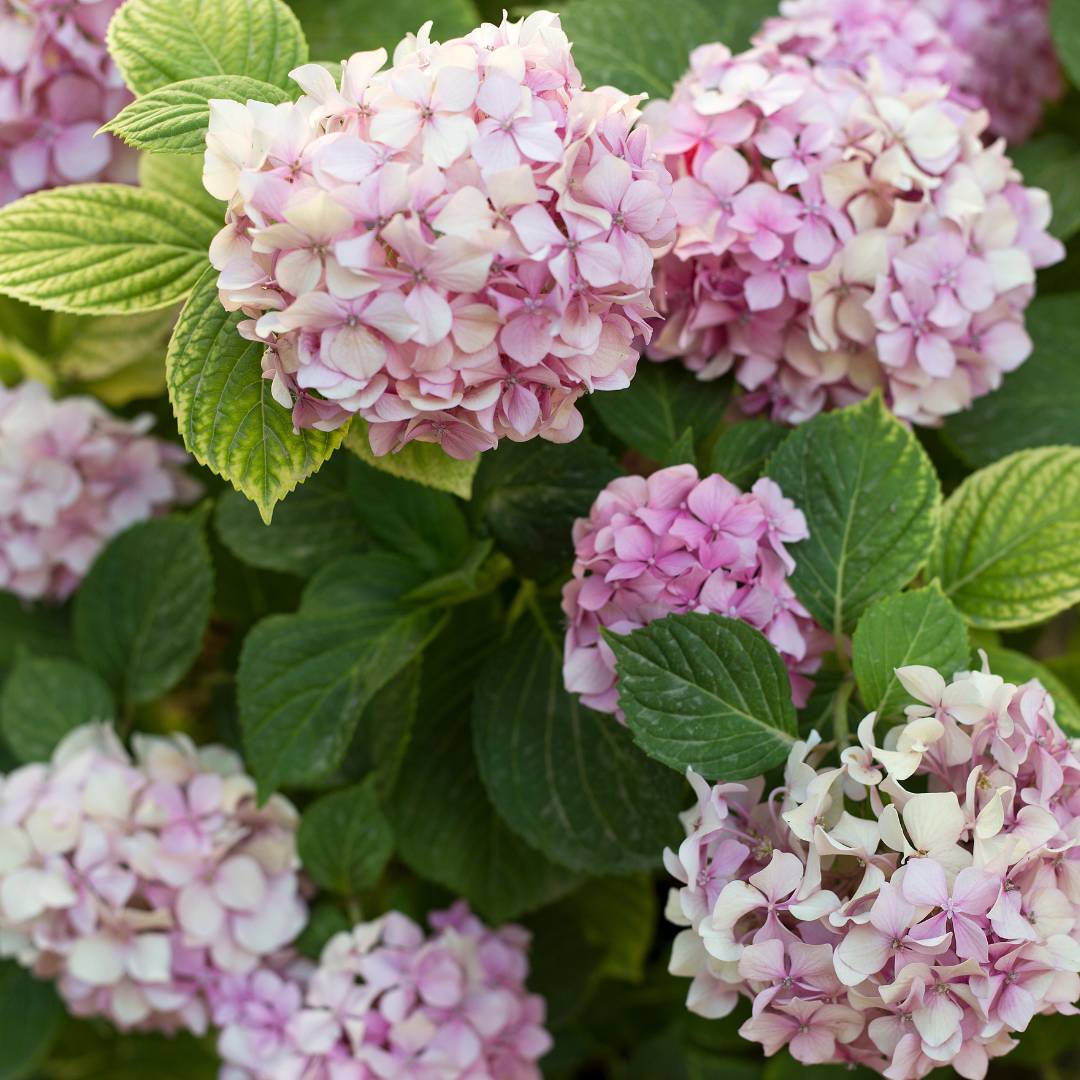 This species originates from Japan. It loves a moist, semi-shady and sheltered spot in the garden with a low pH value (acidic soil). As our garden cannot offer this (wrong pH value and above all much too dry) and most of the "acidic soils" you can buy are peat-based, we do not plant this species. In addition, it hardly provides any food for insects.
This species originates from Japan. It loves a moist, semi-shady and sheltered spot in the garden with a low pH value (acidic soil). As our garden cannot offer this (wrong pH value and above all much too dry) and most of the "acidic soils" you can buy are peat-based, we do not plant this species. In addition, it hardly provides any food for insects.
However, some hydrangea-loving friends have them in the garden - without having used peat - because there are already really beautiful hardy varieties and their soil is much more moist. You can acidify the soil with nut leaves or spruce needles, as well as with acidic primary rock flour (e.g. basalt, granite) or grape pomace and bark mulch to maintain the acidity.
Hardy forms are for example: 'Endless Summer', 'Forever&Ever' or 'You & Me Romance' - wonderful, these names alone make you expect great things!
Flowering time is between June and October, depending on the variety.
Snowball hydrangea (Hydrangea arborescens)
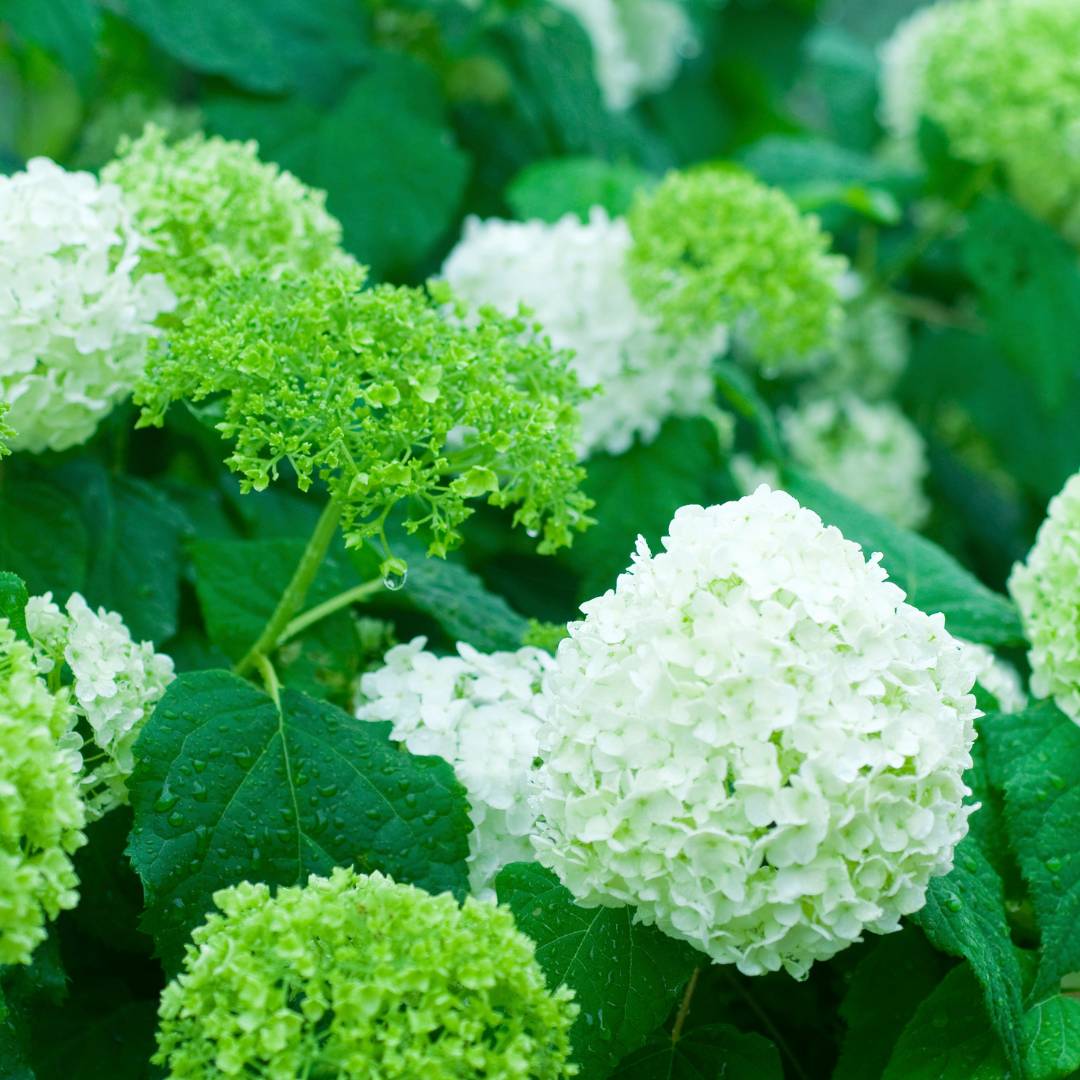 These species originally come from North America and have an abundance of rounded inflorescences. The 'Annabell' variety is still particularly popular and now the 'Pink Annabell' variety, which we also have in the garden - one of the few plants that is not insect-friendly, but which we like so much. It starts with a white flower, then turns pink and then green in the fall.
These species originally come from North America and have an abundance of rounded inflorescences. The 'Annabell' variety is still particularly popular and now the 'Pink Annabell' variety, which we also have in the garden - one of the few plants that is not insect-friendly, but which we like so much. It starts with a white flower, then turns pink and then green in the fall.
As they form underground runners, some snowball hydrangeas can be propagated simply by division.
Flowering time is June-September
Panicle hydrangea (Hydrangea paniculata)
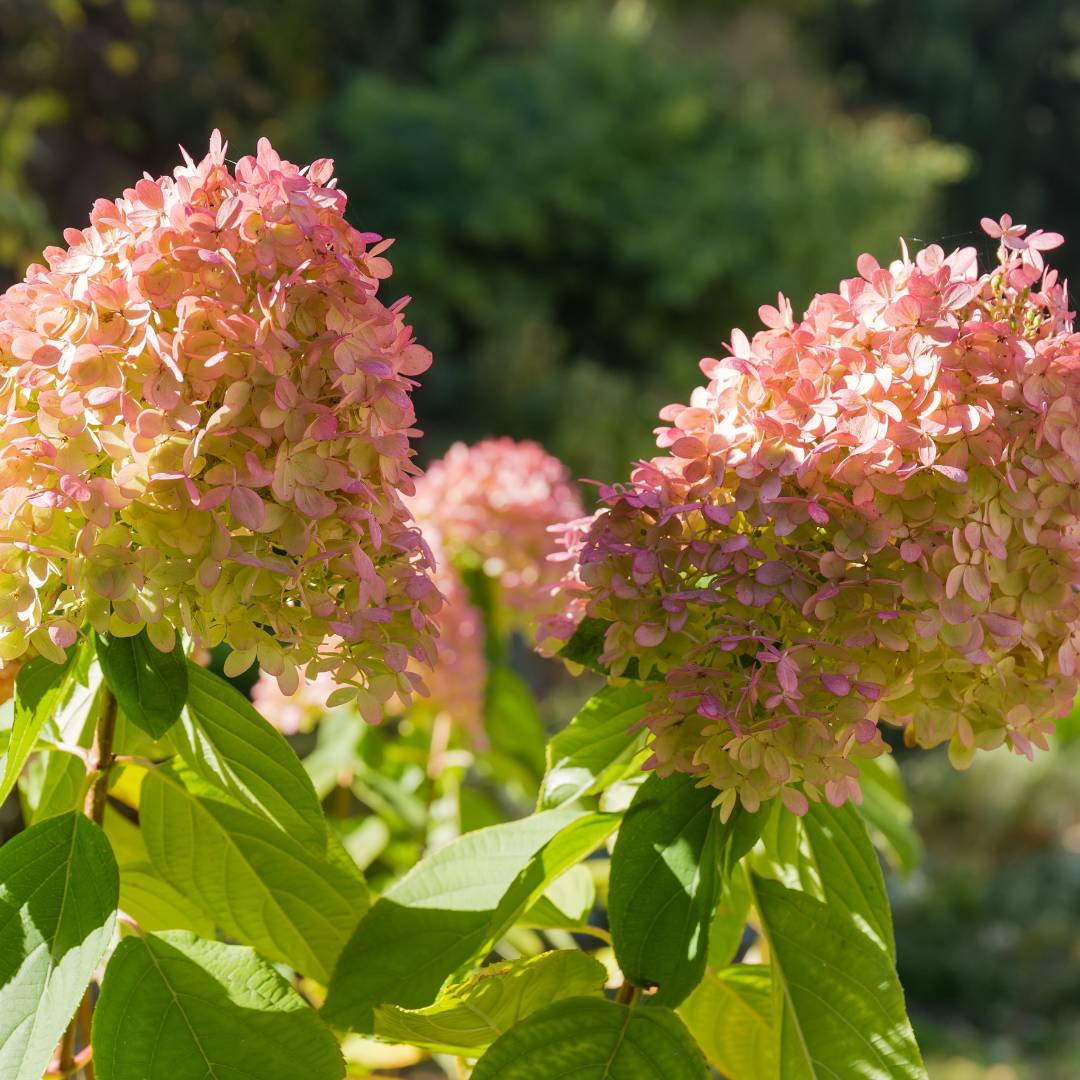 We have a lot of experience with various panicle hydrangeas such as 'Limelight', 'Wim's Red', 'PinkyWinky' or 'VanillaFraise®' and have become big fans. They grow on any substrate, can also withstand rather dry soil, have developed well in sunny as well as semi-shady to fairly shady spots, the only place they are not happy is under an old apple tree among lots of goutweed - we will move them away from there. We have never added extra suare soil to the planting holes and we are also sparing with fertilizer, although they are heavy feeders.
We have a lot of experience with various panicle hydrangeas such as 'Limelight', 'Wim's Red', 'PinkyWinky' or 'VanillaFraise®' and have become big fans. They grow on any substrate, can also withstand rather dry soil, have developed well in sunny as well as semi-shady to fairly shady spots, the only place they are not happy is under an old apple tree among lots of goutweed - we will move them away from there. We have never added extra suare soil to the planting holes and we are also sparing with fertilizer, although they are heavy feeders.
They always flower on the new shoots, which is why you can cut them back in spring before they sprout - around a third of the branch length. As a matter of principle, we do not cut them back in the fall so that the inflorescences can serve as overwintering sites for insects.
Flowering time is July-September.
Hydrangea serrata (Hydrangea serrata)
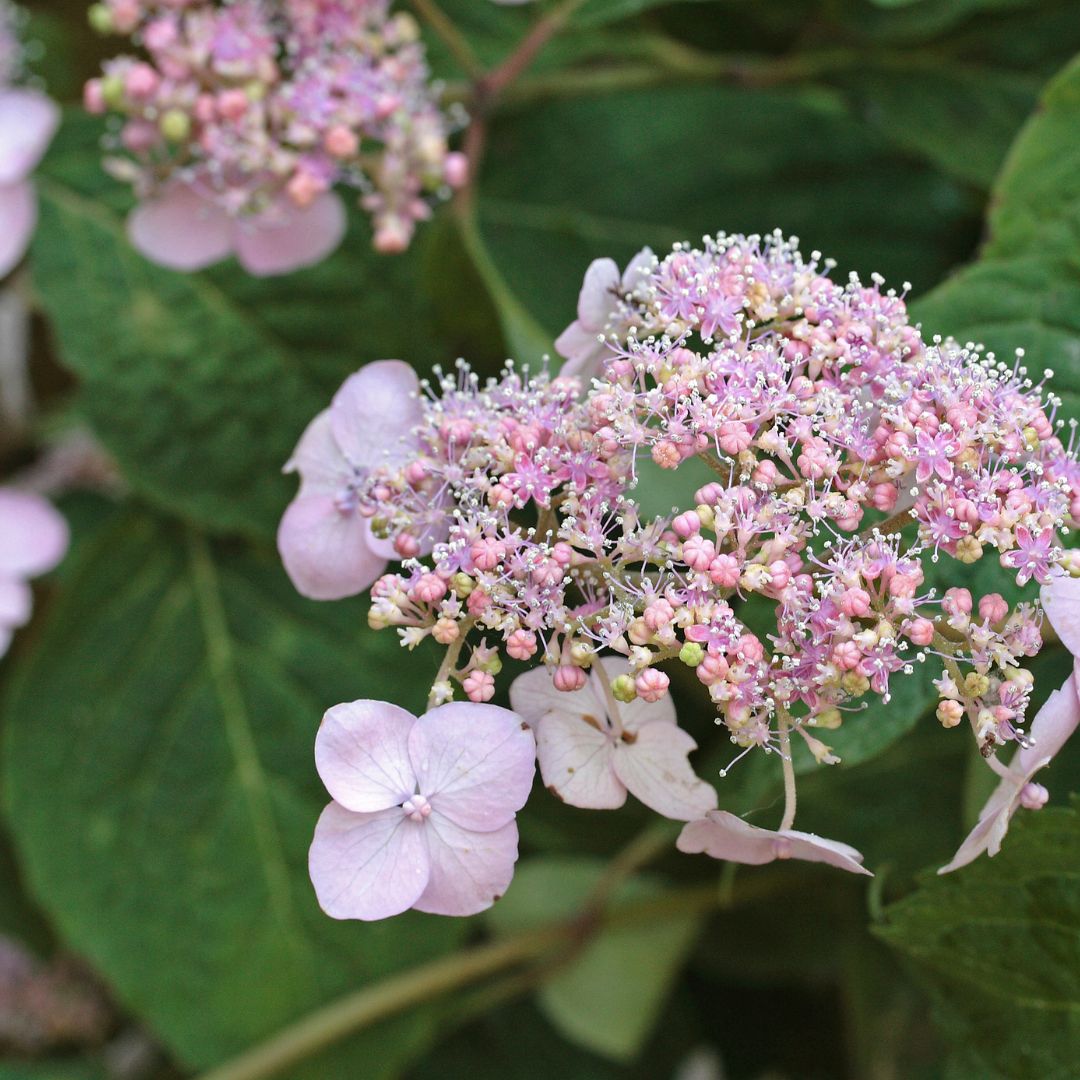 They originate from the mountain forests of Japan. The Japanese tea hydrangea (Hydrangea serrata 'Oamacha') is very well known and almost exclusively cultivated forms such as 'Bluebird' are offered.
They originate from the mountain forests of Japan. The Japanese tea hydrangea (Hydrangea serrata 'Oamacha') is very well known and almost exclusively cultivated forms such as 'Bluebird' are offered.
The Korean plate hydrangea (Hydrangea serrata f. koreana) is available as a wild form from garden retailers.
There are now numerous hybrids of plate hydrangeas and farmer's hydrangeas (Hydrangea macrophylla), which are also often referred to as plate hydrangeas, such as the variety 'Preziosa' - like farmer's hydrangeas, it bears predominantly sterile, but significantly smaller inflorescences.
Plate hydrangeas also prefer semi-shady spots with rather acidic soil, similar to farmer's hydrangeas.
Flowering time is June-October.
Oakleaf hydrangea (Hydrangea quercifolia)
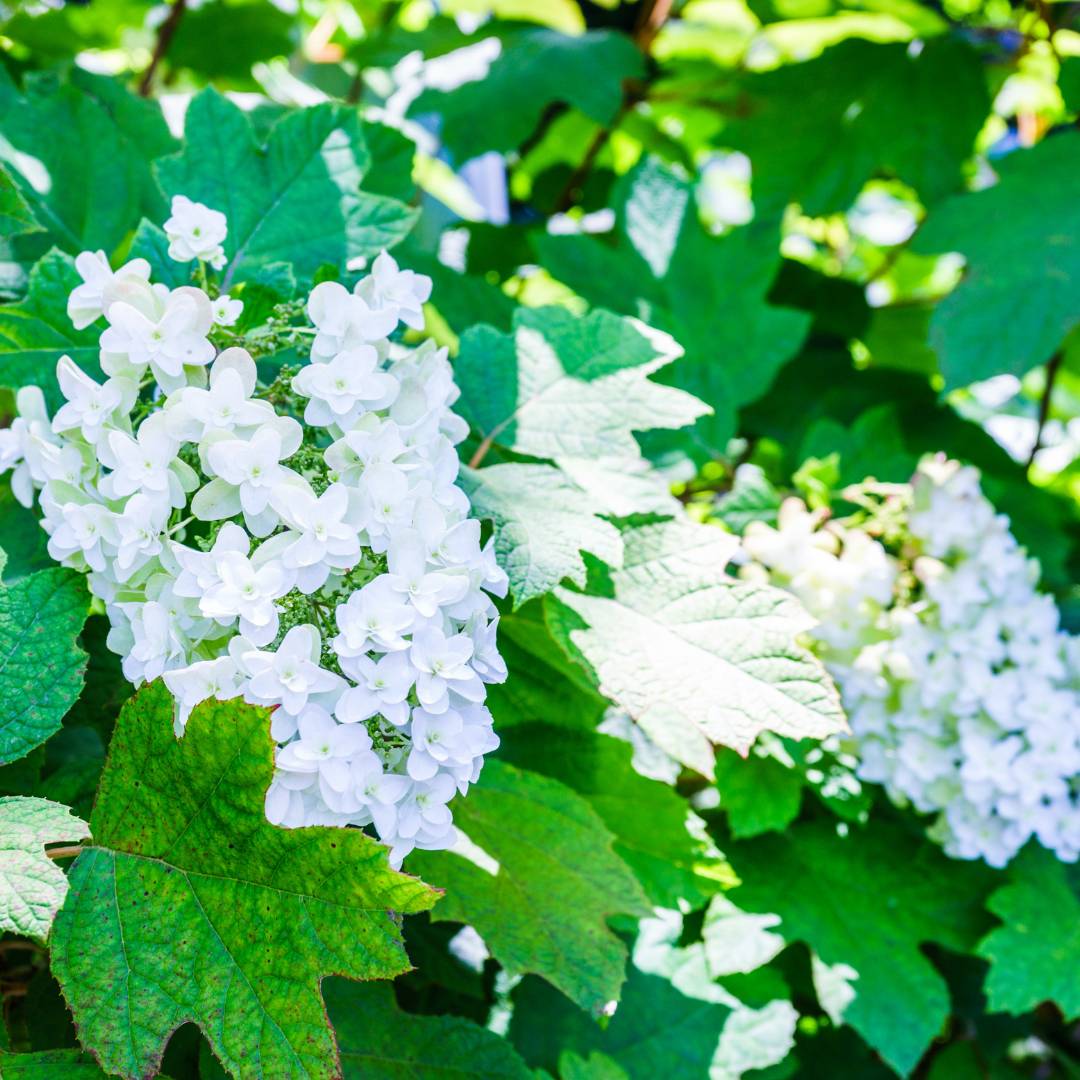
This species originally comes from steppe areas and dry forests in the south-east of the USA. Its foliage is reminiscent of maple and oak leaves and turns reddish in the fall. It grows very stately and can reach up to two meters in diameter. It provides food for insects with its fertile flowers.
The varieties 'Alice' and 'Snowflake' are particularly popular because they are real eye-catchers. The 'Ruby Slippers®' variety does not grow quite as large and sprawling.
Flowering time is July and September.
Pruning method for different hydrangea species
With ball and panicle hydrangeas, old flowering shoots are pruned to one or two pairs of eyes, although I never prune all shoots equally - which some people will see differently.
In the case of the Farmers' Hydrangea, as well as all the plate, velvet and oakleaf hydrangeas, only the flowers themselves and frozen shoots should be cut off. The shoots are left untrimmed. Unless you want to rejuvenate the plant.
The #Beetschwestern wish you lots of fun in the countryside






